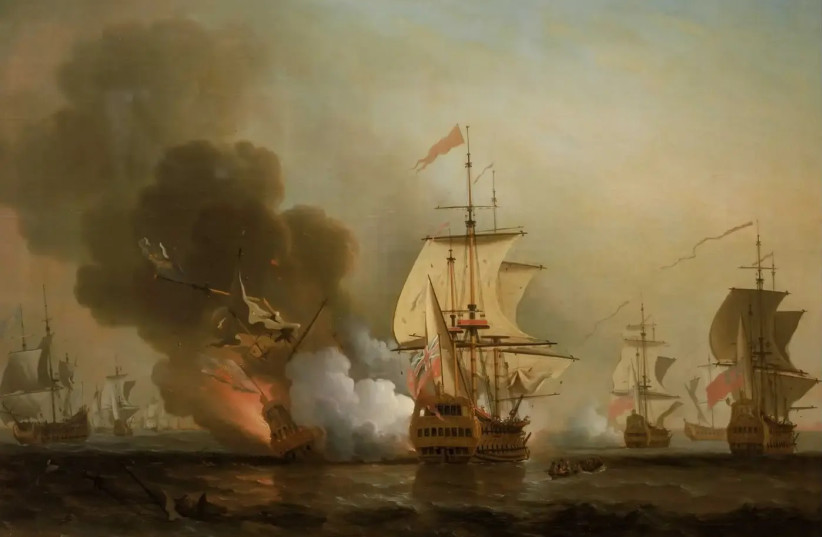The Colombian government launched a project earlier this year to salvage a 300-year-old shipwreck, which is estimated to hold $20 billion worth of treasure. Colombian President Gustavo Petro has ordered his government to remove what he has dubbed the "holy grail of shipwrecks" - the Spanish ship the San Jose - from the bottom of the Caribbean Sea as soon as possible, the country's culture minister told Bloomberg.
Petro wants to raise the wreckage of the ship, which has 3 masts and 62 guns, to the surface before the end of his term in 2026, and he is seeking to create a public-private partnership to realize the project. Mystery surrounds the ownership of the ship's vast cache of gold, silver, and emeralds valued between $4 billion and $20 billion, according to a lawsuit.
Now indigenous communities in Bolivia, the descendants of miners who dug for gold, are opposing the Colombian government's plans to salvage the remains of the 18th-century ship - and have called on Spain and UNESCO to step in and stop the project. Colombia hopes to begin recovering the artifacts from the wreck of the San Jose in the coming months, but the communities of Caranga, Chicha, and Kilca in Bolivia claim that the ship and its contents belong to them.
Much of the treasure aboard the San Jose is believed to have been mined through forced labor by Bolivia's indigenous peoples, so Colombia's plans to extract the remains without consulting their descendants would violate international law, the communities said in a letter to UNESCO last week, which charged that the effort was taking place “without our consent or our participation, and without considering how it will affect the present and future of our communities.”
The San Jose, which was 46 meters long, was carrying a vast abundance of gold, silver, and emeralds from Latin America back to Spain in 1708 when it was sunk by a British naval ship off the coast of Cartagena. Since its wreckage was located 600 meters underwater in 2015, the discovery has been "immersed" in international legal disputes, including an ongoing case in The Hague.
Colombia, Spain, and private company all claim ownership
Colombia, Spain, and an American salvage company all claim ownership of the wreck - dubbed the "Holy Grail of Shipwrecks" - and its cargo. The Colombian government announced in February that it will soon begin researching the shipwreck and eventually hopes to build a museum dedicated to the vessel and the findings that were on it.
The government dedicated 7.3 million dollars to the first research phase, which will require advanced technological robots to scan the seabed.
However, Bolivia's indigenous communities claim that Colombia has no right to explore San Jose without including the descendants of those who rented the precious metals found in the ship's treasures. They believe much of San Jose's cargo was mined from the Potosi mines in southern Bolivia, making it a "shared historical and cultural heritage."

